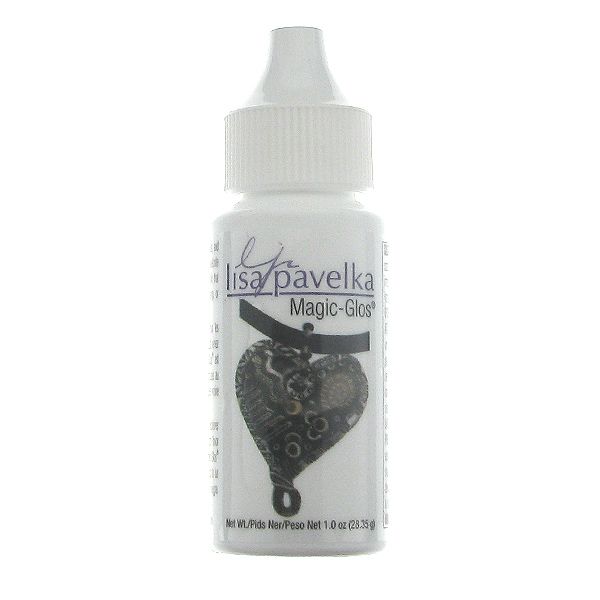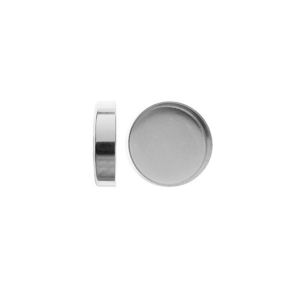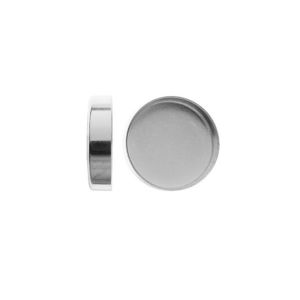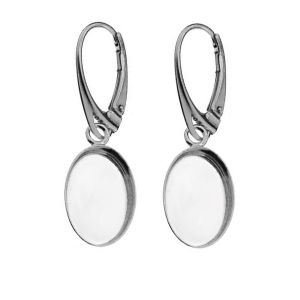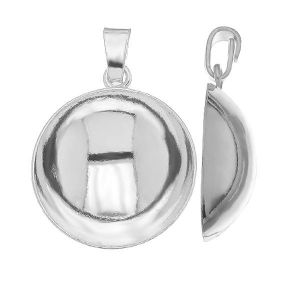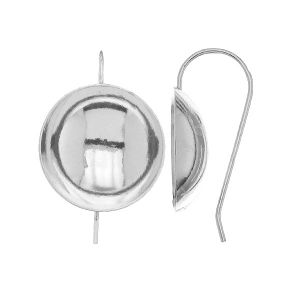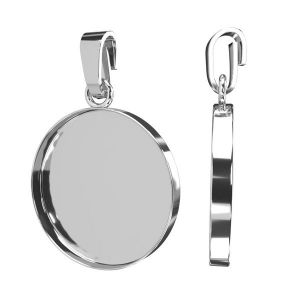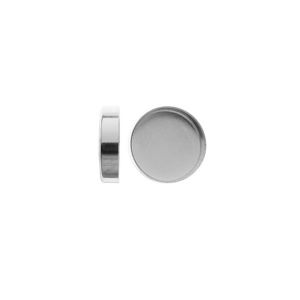How to use Magic-Glos™
Magic-Glos™ is a great substance which can be used for most surfaces. It doesn’t need any dams or sidewalls to contain it. On some surfaces Magic-Glos™ thicker and heavier layer of the Magic-Glos™ may pull away from edges. To avoid such a problem you can apply Magic-Glos™ in layers and cure it between them. Then, you will achieve a perfect round finish. It goes perfectly with glitter, dried flowers, beads, you will achieve shine and dimensional effects.
Features of Magic-Glos™ :
- one-step application, no need if special treatment such sealing, cleaning
- you can polish or sand MagicGlos™, it is great for matt and satin finishes
- applied to clay or metal and cured can be cured over and over again, you can apply large temperatures to the project
- can be molded in silicon molds
Magic-Glos™ dries in couple of minutes, under UV light to cure it quickly. It can dry in the sunlight or under fluorescent 40-Watt black light bulb. The gloss cures from 5 to 15 minutes, depending on its thickness and size. Adding inclusions and clouding may make it cure longer.
It is great to apply on textured surfaces which cannot be sanded or polished. It magnifies details and dimension.
Magic-Glos has little air bubbles. But you can remove them by passing a direct heat source like a butane torch or embossing gun a few times over the gloss very quickly. However you should remeber not to overheat it.
The substance doesn’t shrink, is terrific for protection of photos, foils, leaves, mozaics and other delicate surfaces.
Magic-Glos can be used as a transparent panel alone (sealing objects between two or more layers). Paper arts can be ideally sealed by it: photographic paper, regular paper and fabric should be sealed so as a waterproof barrier was created before Magic-Glos application.
Safety Data Sheet - Download
Information on Proper Use of Jewelry Components:
1. Avoiding Contact with Water
It is recommended to prevent components from coming into contact with water, including seawater or pool water. Such exposure may cause surface tarnishing and discoloration..
2. Avoiding Contact with Cosmetics and Detergents
Components should be protected from contact with cosmetics and household cleaning detergents. Certain substances in these products can trigger chemical reactions, leading to darkening or damage to the metal surface..
3. Storage
Components should be stored in a dry place, preferably in specialized pouches or boxes that protect against moisture and sunlight. Proper storage conditions help prevent corrosion and tarnishing..
4. Protection Against Mechanical Damage
Mechanical damage, such as scratches or deformation, should be avoided. During storage, it is advisable to separate components from other metal objects or tools..
5. Cleaning
Components should only be cleaned with soft, gentle cloths or specialized cleaners designed for silver and gold. Do not use abrasive brushes or materials that could scratch the surface..
6. Inspection Before Use
Before using components in jewelry production, it is recommended to inspect their condition, such as checking for minor damage, deformations, or loose elements..
7. Safety
Components are not intended as toys for children. Care should be taken to avoid situations where children might put them in their mouths or swallow them..


 Connection is safe and SSL-encrypted
Connection is safe and SSL-encrypted









